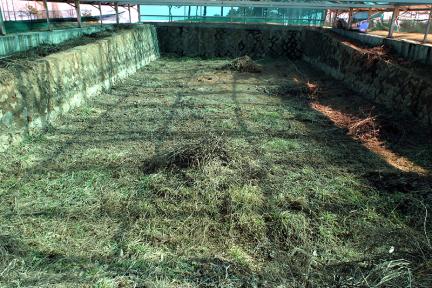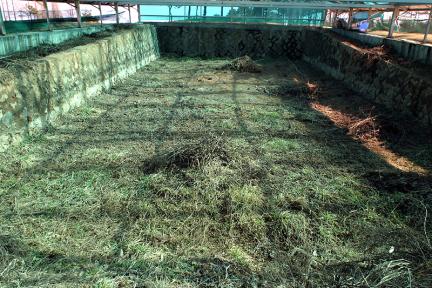국가유산 검색
사적
인천 경서동 녹청자 요지 (仁川 景西洞 綠靑瓷 窯址)Green Celadon Kiln Site in Gyeongseo-dong, Incheon
| 분 류 | 유적건조물 / 산업생산 / 요업 / 도자기가마 |
|---|---|
| 수량/면적 | 6,061㎡ |
| 지정(등록)일 | 1970.06.08 |
| 소 재 지 | 인천 서구 검암동 산438-21번지 |
| 시 대 | 고려시대 10세기 |
| 소유자(소유단체) | 국토부 등 |
| 관리자(관리단체) | 인천광역시 서구 |


사적
인천 경서동 녹청자 요지 (仁川 景西洞 綠靑瓷 窯址)Green Celadon Kiln Site in Gyeongseo-dong, Incheon
| 분 류 | 유적건조물 / 산업생산 / 요업 / 도자기가마 |
|---|---|
| 수량/면적 | 6,061㎡ |
| 지정(등록)일 | 1970.06.08 |
| 소 재 지 | 인천 서구 검암동 산438-21번지 |
| 시 대 | 고려시대 10세기 |
| 소유자(소유단체) | 국토부 등 |
| 관리자(관리단체) | 인천광역시 서구 |

ⓒ 2000. KOREA HERITAGE SERVICE. ALL RIGHTS RESERVED.



 국가유산
국가유산


